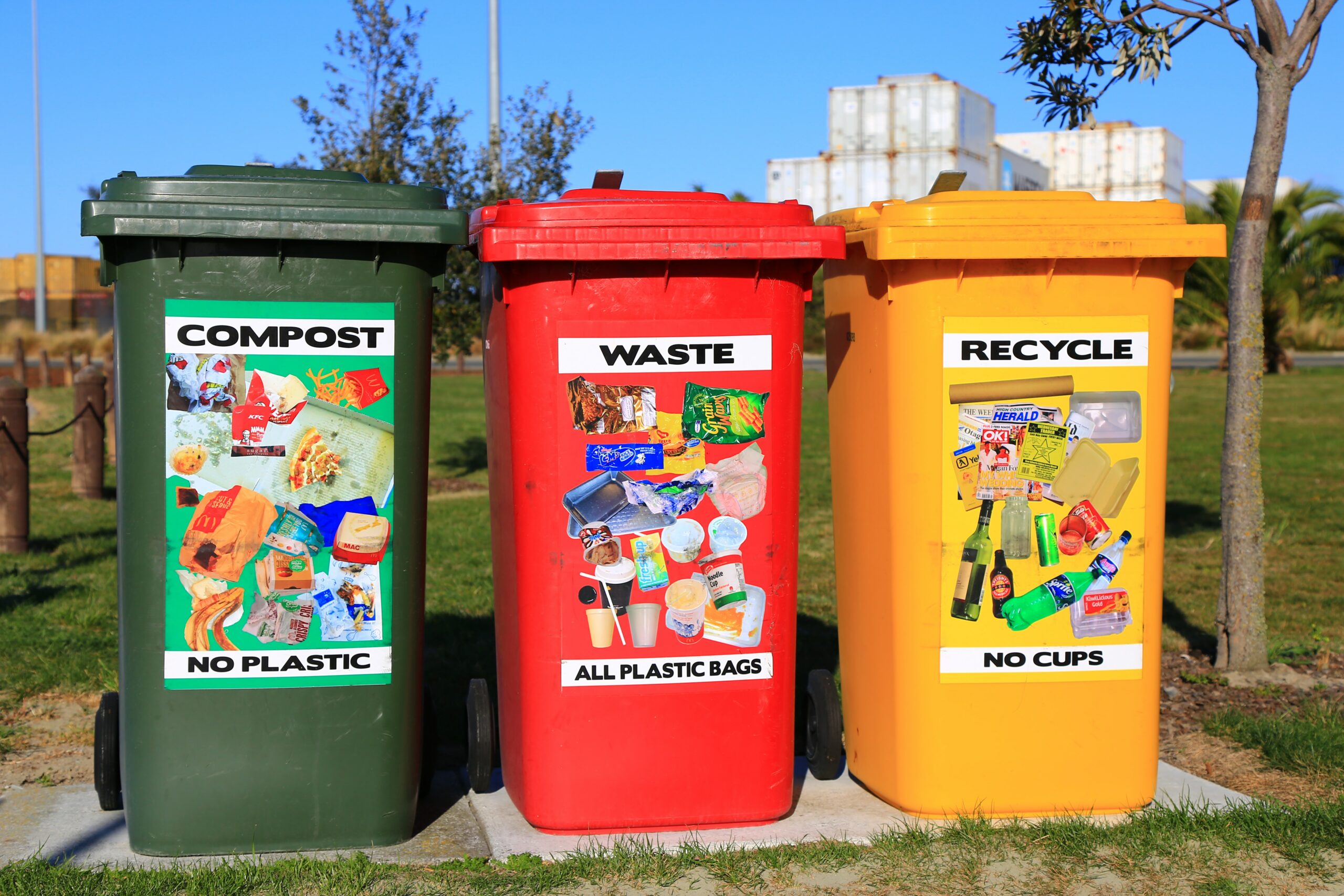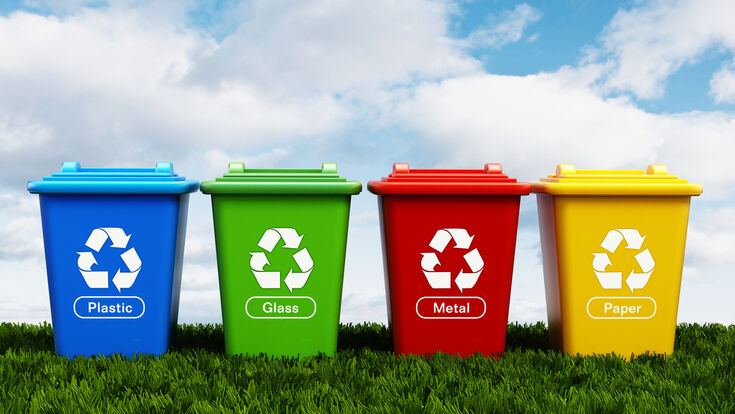Recycling Lives Services: Changing Waste right into Belongings Resources
Recycling Lives Services: Changing Waste right into Belongings Resources
Blog Article
Exploring Different Sorts Of Waste in Modern Waste Management Solution
The modern landscape of waste management entails navigating a complex variety of waste types, each needing specialized handling and disposal techniques to mitigate environmental impacts. Community solid waste, contaminated materials, electronic waste, and natural waste each existing distinct obstacles and opportunities for source recuperation. Ingenious options such as smart waste bins and waste-to-energy innovations are becoming vital tools in boosting efficiency and sustainability. Understanding these waste kinds is crucial for cultivating public understanding and encouraging energetic involvement in sustainable practices. What methods can efficiently resolve these diverse types of waste while advertising a circular economic climate?
Municipal Strong Waste
Local strong waste, usually referred to as family garbage or rubbish, includes a range of discarded materials generated by residential, industrial, and institutional sources within a community. This waste stream typically consists of items such as product packaging, food scraps, backyard trimmings, paper, plastics, fabrics, and discarded household goods. The management of metropolitan strong waste is an essential element of city preparation and public health and wellness, demanding reliable collection, transport, and disposal systems.
Effective waste management systems are developed to lessen environmental influence while maximizing resource recovery. Composting organic waste, such as food scraps and lawn trimmings, not only minimizes land fill use however additionally generates valuable soil changes.
Municipalities should likewise attend to the logistical and economic difficulties connected with waste administration. Implementing pay-as-you-throw systems, improving public awareness, and buying modern technology can substantially boost waste diversion rates. By incorporating these methods, communities can promote sustainable neighborhoods, reduce greenhouse gas exhausts, and preserve natural deposits.
Contaminated Materials

Efficient dangerous waste administration entails several crucial actions: recognition, disposal, partition, and therapy. Segregation makes sure that harmful products are saved independently from non-hazardous waste to protect against cross-contamination.
Governing structures, such as the Source Preservation and Healing Act (RCRA) in the USA, give standards and requirements for hazardous waste management. Adherence to these laws, combined with innovations in waste treatment modern technologies, is essential in minimizing the dangers related to hazardous waste.
Electronic Waste
Digital waste, generally referred to as e-waste, represents a quickly growing challenge in waste management systems globally. This kind of waste includes disposed of electronic tools and devices such as smartphones, computer systems, televisions, and various other electronic devices. The fast pace of technical improvement, combined with lowering product lifespans and consumer demand for the most recent devices, has actually significantly enhanced the quantity of e-waste generated annually.
E-waste is particularly troublesome due to its intricate composition, often consisting of unsafe substances like cadmium, lead, and mercury, which position substantial ecological and health threats if not correctly handled. On the other hand, e-waste also has important materials such as silver, gold, and copper, which can be recouped and reused. The dual nature of e-waste-- both unsafe and important-- demands specialized handling, reusing, and disposal processes.
Efficient e-waste monitoring involves rigid governing structures, durable collection systems, and progressed reusing technologies. Public awareness and participation are vital, as inappropriate disposal techniques, such as illegal discarding and casual recycling, worsen ecological contamination and health and wellness threats. Improving e-waste administration methods is important for alleviating environmental impact and recovering valuable sources in a progressively electronic world.

Organic Waste
Organic waste, consisting of kitchen scraps, yard trimmings, and farming residues, stands for a considerable portion of the international waste stream. This type of waste is eco-friendly, indicating it can be damaged down by bacteria right into simpler natural substances. In spite of its possibility for natural disintegration, improper monitoring of organic waste can cause adverse environmental impacts, consisting of the discharge of greenhouse gases such as methane, which contribute to climate modification.
Efficient management of organic waste is essential for lessening these environmental effects (recycling lives services). Composting is an extensively adopted technique, changing natural waste into nutrient-rich compost that can improve dirt health and agricultural efficiency. In addition, anaerobic digestion is an emerging innovation that converts organic waste right go to website into biogas, a sustainable energy source, and digestate, which can be used as plant food
Municipalities and waste monitoring entities should implement durable natural waste collection and treatment programs to make the most of the advantages of these he said processes. Public education projects can additionally play a critical function in motivating homes and businesses to different organic waste from other kinds of waste. By focusing on the management of natural waste, societies can reduce land fill use, reduced greenhouse gas exhausts, and create valuable results for agricultural usage.

Cutting-edge Waste Management
In the world of waste management, ingenious methods are transforming how societies manage their refuse, intending for sustainability and effectiveness. One popular development is the application of wise waste containers equipped with sensors that monitor fill levels and enhance collection routes.
An additional remarkable advancement is the fostering of waste-to-energy (WtE) innovations. By transforming non-recyclable waste into functional power through processes such as incineration and anaerobic digestion, WtE lowers landfill burden and supplies a renewable resource resource. In addition, innovations in chemical reusing permit for the malfunction of complex plastics right into their original monomers, enabling the development of new, top quality plastic items.
Furthermore, the circular economy design is obtaining traction, emphasizing the design of products and systems that prioritize reusability and resource performance. This all natural approach motivates markets to lessen waste generation from the start. With these innovative techniques, contemporary waste administration systems are not only dealing with the immediate difficulties of waste disposal however also paving the method for a more sustainable future.
Verdict
A detailed understanding of municipal strong waste, contaminated materials, electronic waste, and organic waste, paired with the execution of cutting-edge waste management services, is important for reducing ecological influences. Incorporating technologies such as smart waste bins and waste-to-energy systems can improve effectiveness and sustainability. Reliable waste monitoring strategies not check that only foster source recuperation however additionally promote public recognition and participation, inevitably adding to the advancement of a circular economic climate.
The contemporary landscape of waste monitoring involves navigating a complex range of waste types, each requiring specialized handling and disposal methods to reduce environmental effects. Metropolitan solid waste, dangerous waste, digital waste, and natural waste each present distinctive challenges and opportunities for resource recuperation.Electronic waste, frequently referred to as e-waste, stands for a swiftly growing obstacle in waste management systems around the world. Through these ingenious techniques, contemporary waste management systems are not only attending to the prompt obstacles of waste disposal yet additionally paving the method for a more sustainable future.
An extensive understanding of local strong waste, unsafe waste, electronic waste, and organic waste, paired with the application of innovative waste monitoring services, is imperative for reducing environmental effects. (recycling lives services)
Report this page